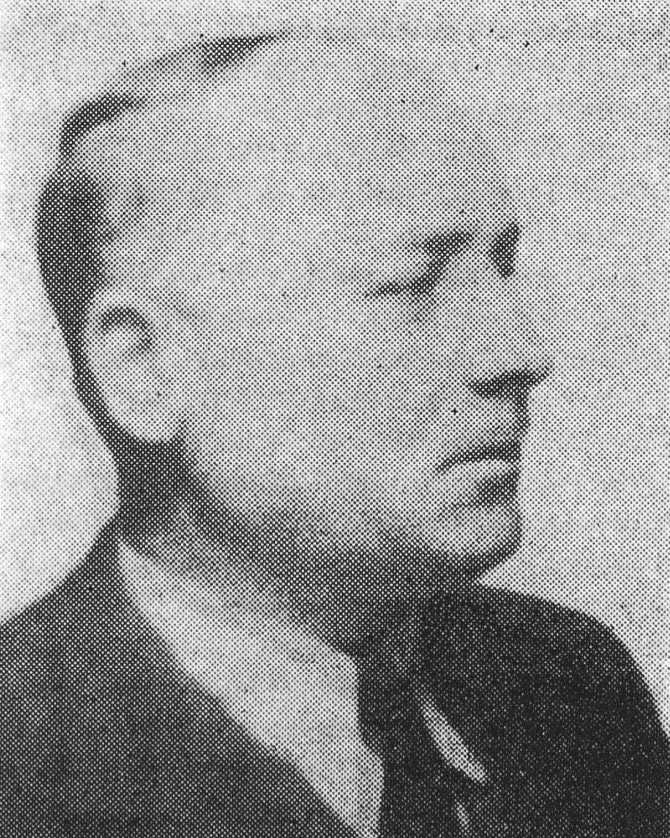Henryk BERLEWI
January 2, 2019Ernest BIRO
January 2, 2019Abraham BERLINE
NIEGIN (UKRAINE) 1894 – DEPORTED TO AUSCHWITZ 1942
In 1920, Abraham Berline left his hometown for Paris and enrolled at the Ecole des Beaux-Arts. He worked as a taxi driver at night in order to pay for his studies. He wanted to stay as close to Montparnasse as possible and chose place Denfert-Rochereau as his home base. His favorite route was the Chevreuse Valley, located south of Paris, where the artist found his inspiration. In May 1941, Abraham Berline was arrested and interned in Compiegne for seventeen months together with painters Isis Kishka and Jacques Gotko, with whom he set up an “exhibition” in the camp. Transferred to Drancy, he was deported on September 14, 1942 on convoy number 32. He and his wife Dousie were murdered in Auschwitz.
Stories of Jewish Artists of the School of Paris 1905-1939
FRENCH-ENGLISH
Capitale des arts, le Paris des années 1905-1939 attire les artistes du monde entier. De cette période de foisonnement, un terme est resté, celui d'Ecole de Paris, qui recouvre une grande diversité d'expression artistique. Dans ce brassage dont Montparnasse est le creuset, un groupe se distingue : celui des artistes juifs venus de Russie, de Pologne et d'Europe centrale. Si leurs styles sont variés, un destin commun les rassemble : ils fuient l'antisémitisme de leur pays d'origine. Certains ont connu la célébrité dès les années 1920, tels Soutine, Lipchitz ou Chagall. D'autres n'ont pas eu le temps ou la chance d'y accéder. Près de la moitié a péri dans les camps de concentration nazis.
From 1905 to 1939, Paris attracted artists from all over the globe as the capital of the art world. This period of artistic proliferation became known as the School of Paris, and includes a great diversity of artistic expression. Within the teeming art world centred on Montparnasse, one group set itself apart: Jewish artists from Russia, Poland, and Central Europe. Although their styles were diverse, they shared the common fate of fleeing anti-Semitic persecutions in their home countries. Some became famous in the 1920s, such as Soutine, Lipchitz, and Chagall, while others did not have the time or the luck to gain renown. Nearly half of these artists died in Nazi concentration camps.





